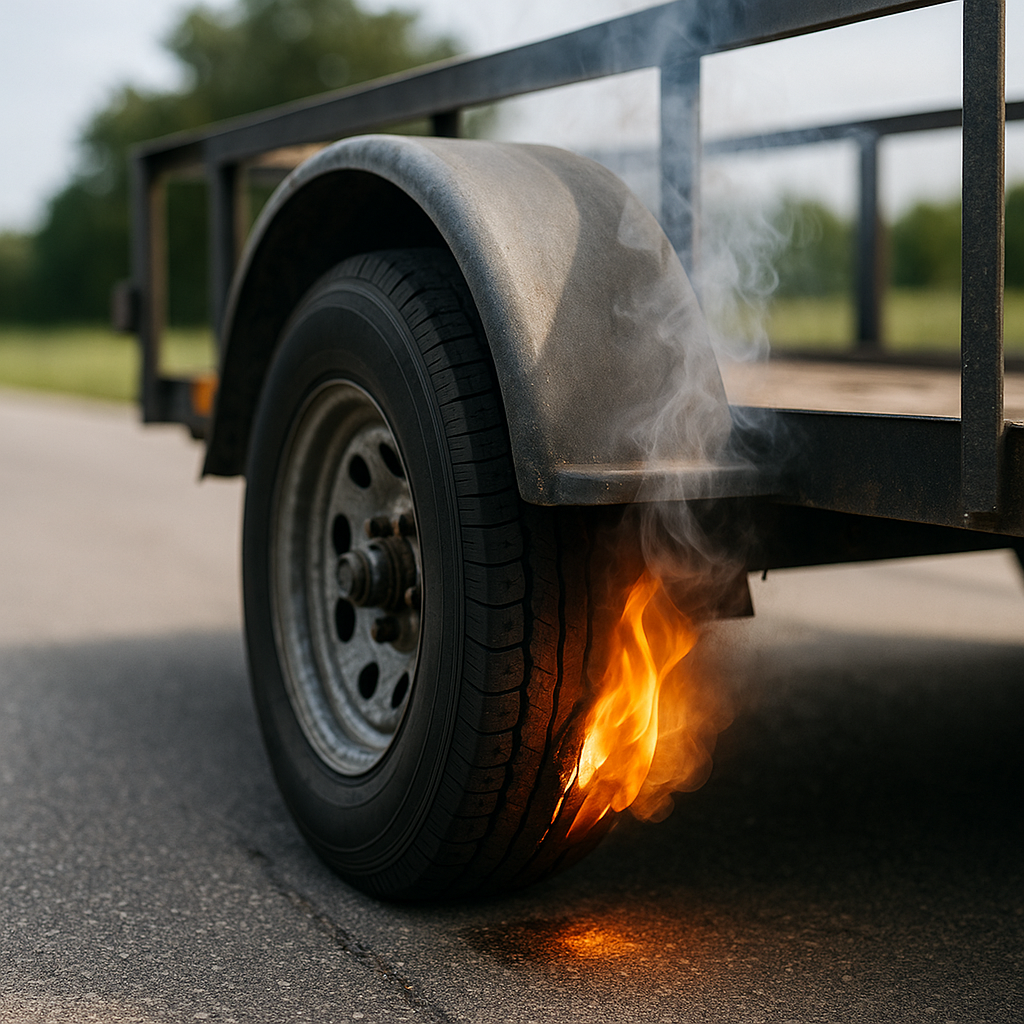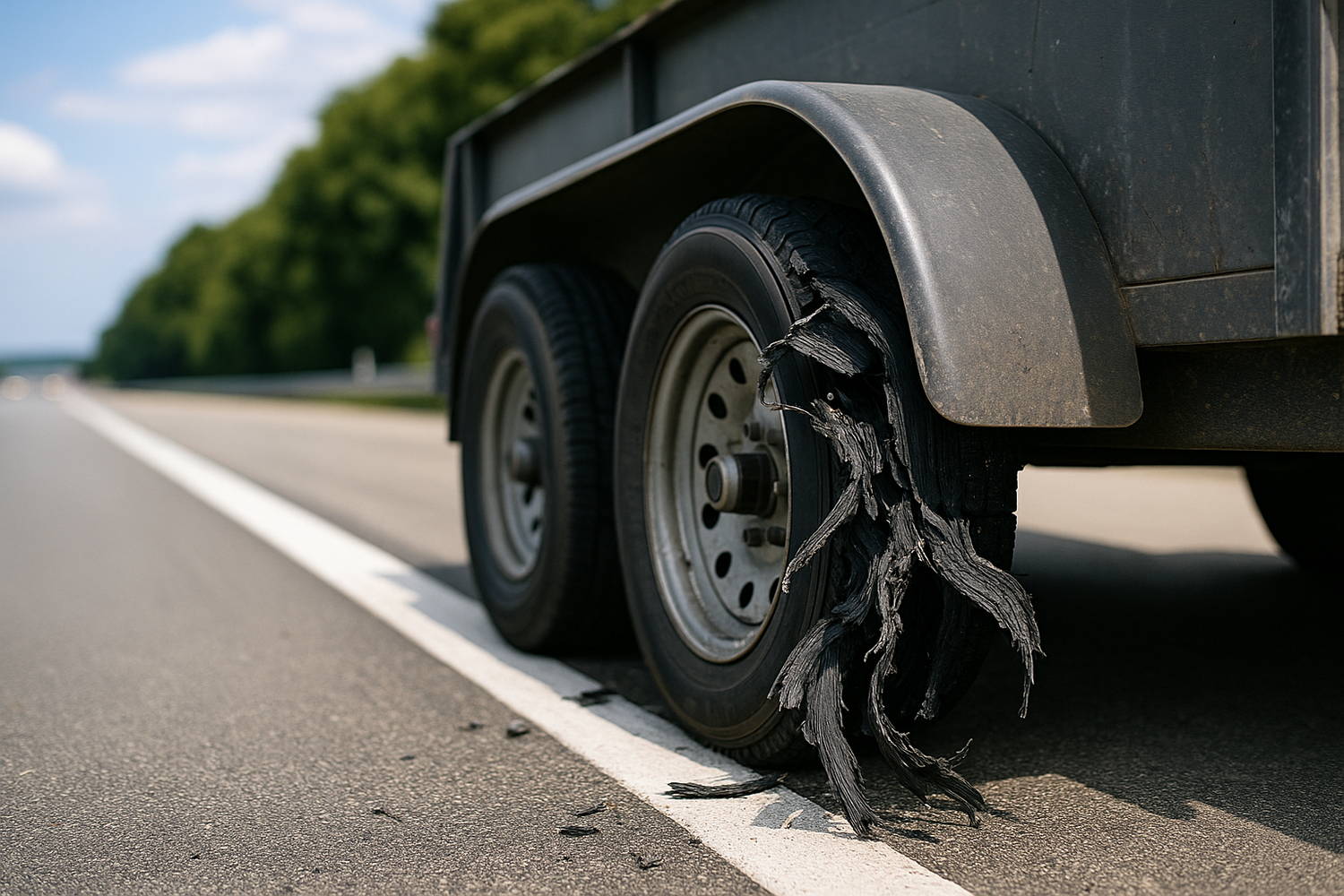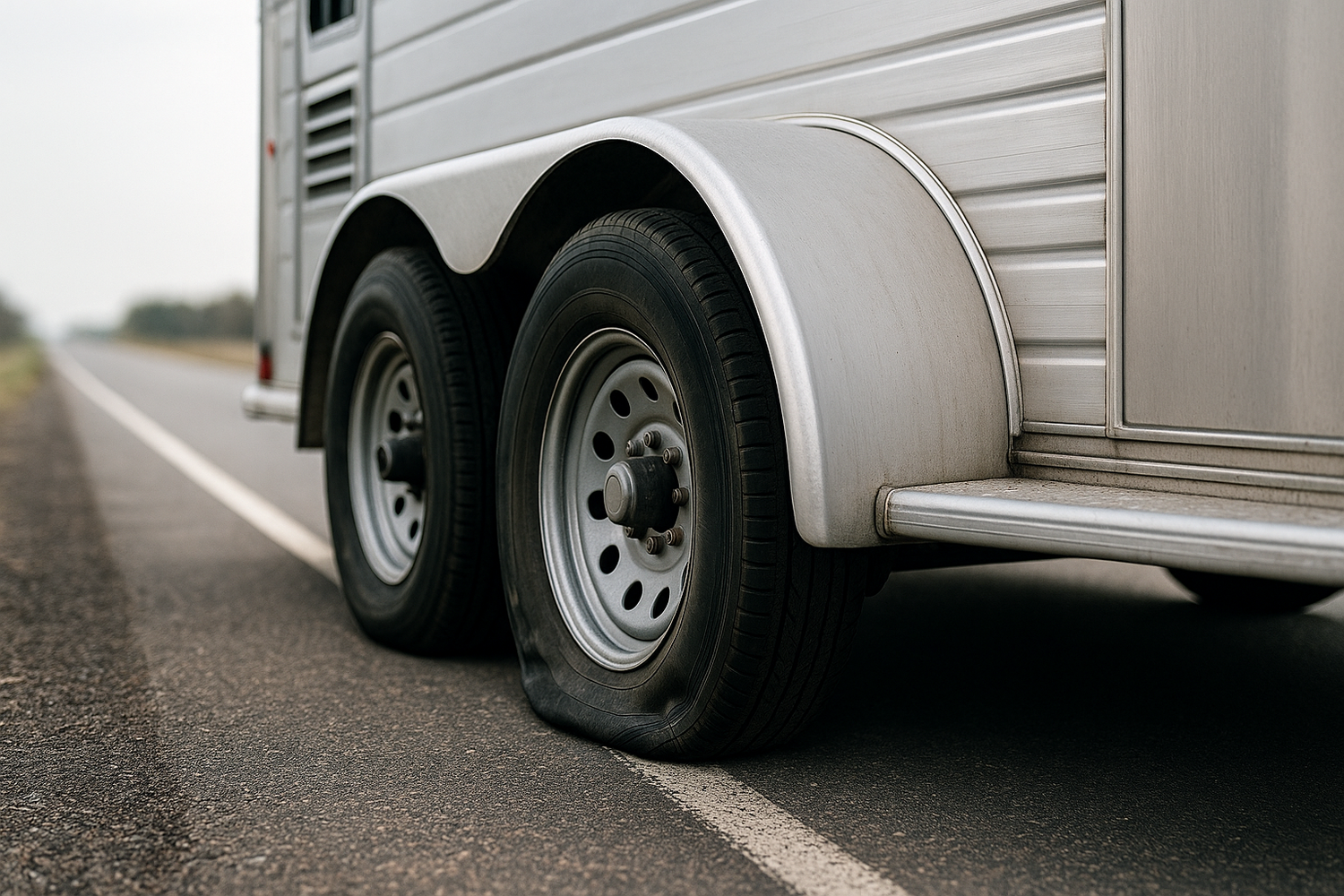In today's world of advanced automotive technology, a tire pressure monitoring system for boat trailer is an indispensable tool for any trailer owner. This innovative system continuously monitors the air pressure within each tire, ensuring that they remain at optimal levels during towing. By providing real-time data, it helps prevent potential tire-related failures that can lead to dangerous situations on the road.
Understanding how these systems work is essential for maximizing their benefits. Typically, a tire pressure monitoring system consists of:
- Pressure Sensors: Installed inside the tire or on the valve stem, these sensors detect the air pressure and send data to the monitoring unit.
- Receiver Unit: This unit gathers the information from the sensors and displays it to the driver, often with alerts for low pressure or other issues.
- Alerts and Notifications: Many systems provide audible or visual alerts to inform the driver when tire pressure falls below recommended levels, allowing for timely action.
By integrating a tire pressure monitoring system into your boat trailer, you not only enhance safety but also improve fuel efficiency and prolong tire life. Maintaining proper tire pressure reduces rolling resistance, which can lead to better gas mileage and fewer stops for tire replacements.
Tow with peace of mind, knowing that trailerwatchdog is standing guard.
Benefits of Tire Pressure Monitoring for Trailers
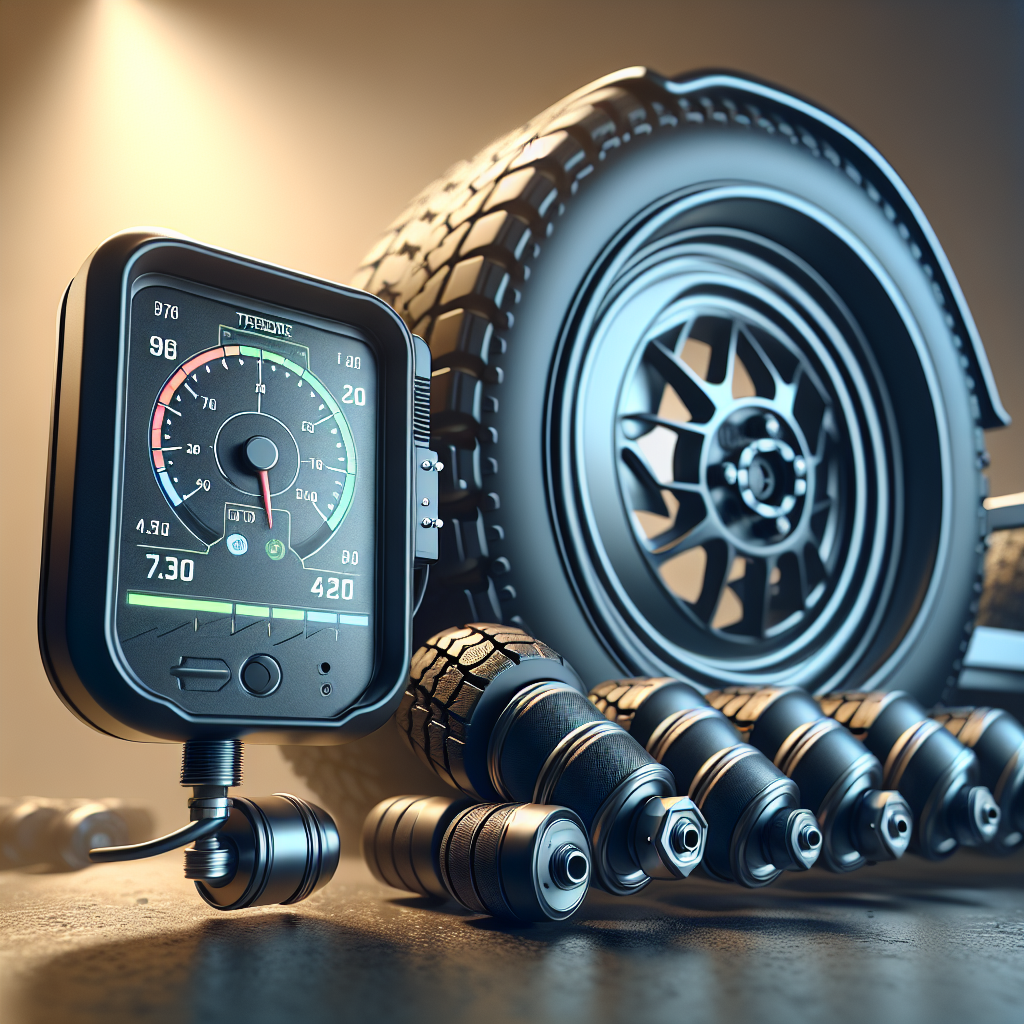
Implementing a tire pressure monitoring system for boat trailer comes with a multitude of benefits that enhance safety and performance. Understanding these advantages can help trailer owners appreciate the value of this technology.
One of the primary benefits is the prevention of tire blowouts. By continuously monitoring tire pressure, drivers are alerted to any significant drops before they escalate into catastrophic failures. This can significantly reduce the risk of accidents caused by tire issues.
Additionally, proper tire pressure directly impacts fuel efficiency. Under-inflated tires create more rolling resistance, leading to increased fuel consumption. By maintaining optimal pressure, trailer owners can save on fuel costs over time.
Another crucial benefit is extended tire life. Tires that are consistently maintained at the right pressure suffer less wear and tear, meaning they can last longer. This not only saves money on replacements but also reduces the environmental impact by minimizing waste.
Moreover, a tire pressure monitoring system enhances the overall towing experience. Drivers can focus on the road ahead rather than worrying about potential tire issues. The peace of mind that comes from knowing their tires are being monitored in real-time is invaluable.
In summary, the advantages of tire pressure monitoring systems for trailers extend beyond mere convenience; they significantly contribute to safety, efficiency, and cost savings.
How Tire Pressure Affects Trailer Performance
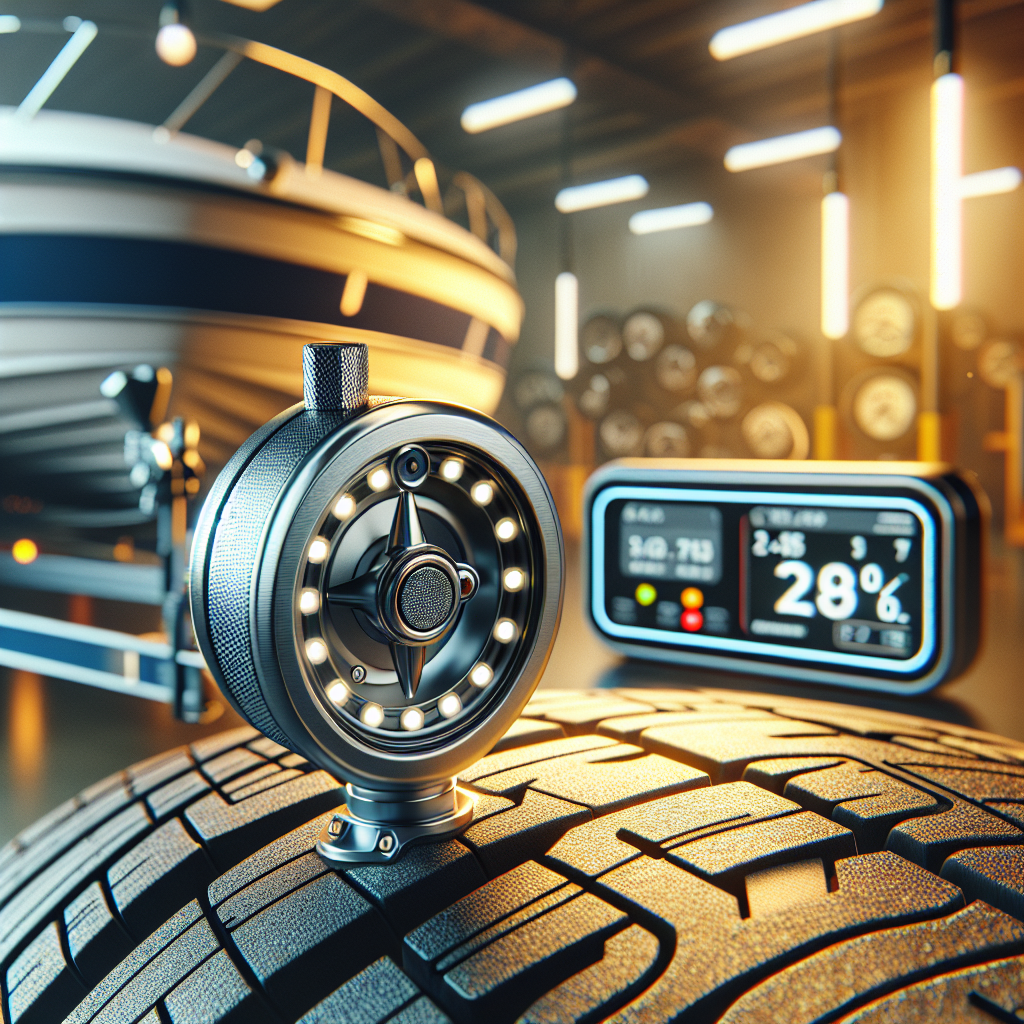
The relationship between tire pressure and trailer performance is both critical and intricate. Proper tire pressure is essential for ensuring optimal handling, stability, and overall safety while towing.
When tire pressure is too low, the tires experience increased rolling resistance, which can lead to difficulties in steering and controlling the trailer. This can result in poor handling, especially during sharp turns or in adverse weather conditions. On the other hand, over-inflated tires can lead to a harsh ride, reducing traction and increasing the likelihood of skidding.
Furthermore, tire pressure directly influences the trailer's load-carrying capacity. Each trailer has a specific load rating, and maintaining the appropriate tire pressure is crucial for safely carrying that load. If the pressure is too low, the tires may not adequately support the weight, leading to potential tire failure.
Additionally, tire pressure impacts fuel efficiency. As mentioned earlier, under-inflated tires can increase fuel consumption due to the extra effort required to move the trailer. This not only affects the owner's wallet but also increases the carbon footprint associated with towing.
Finally, tire pressure can impact the wear patterns on the tires. Incorrect pressure leads to uneven wear, which can shorten the lifespan of the tires and necessitate more frequent replacements.
In conclusion, maintaining proper tire pressure is vital for ensuring safe and efficient trailer performance, making it essential for trailer owners to invest in monitoring systems that provide real-time data on tire conditions.
Choosing the Right Monitoring System for Your Trailer

When it comes to safeguarding your trailer, selecting the appropriate monitoring system is crucial for maximizing safety and performance. With a variety of options available on the market, understanding the key features to look for can help ensure you make an informed decision.
First and foremost, consider a system that offers real-time data on tire pressure and temperature. This allows for immediate alerts if any abnormalities are detected, enabling you to address issues before they escalate into more significant problems.
Another important feature is the ability to monitor multiple axles simultaneously. If your trailer has several wheels, a comprehensive system that can track the performance of each tire will provide a more complete picture of your trailer's health.
Additionally, look for systems that offer user-friendly interfaces and easy installation. A good monitoring system should be simple to set up and operate, allowing you to focus on your journey rather than troubleshooting complex technology.
Moreover, consider whether the monitoring system is equipped with mobile connectivity. Many modern systems can send alerts directly to your smartphone, ensuring you remain informed even when you are away from your vehicle. This feature can be especially valuable during long trips or when towing in remote areas.
Lastly, don’t overlook the importance of customer support and warranty options. A reliable monitoring system should come with robust customer service and a warranty that guarantees its performance over time.
By carefully considering these factors, you can choose a tire pressure monitoring system that not only enhances the safety of your trailer but also improves your overall towing experience.
Installing a Tire Pressure Monitoring System
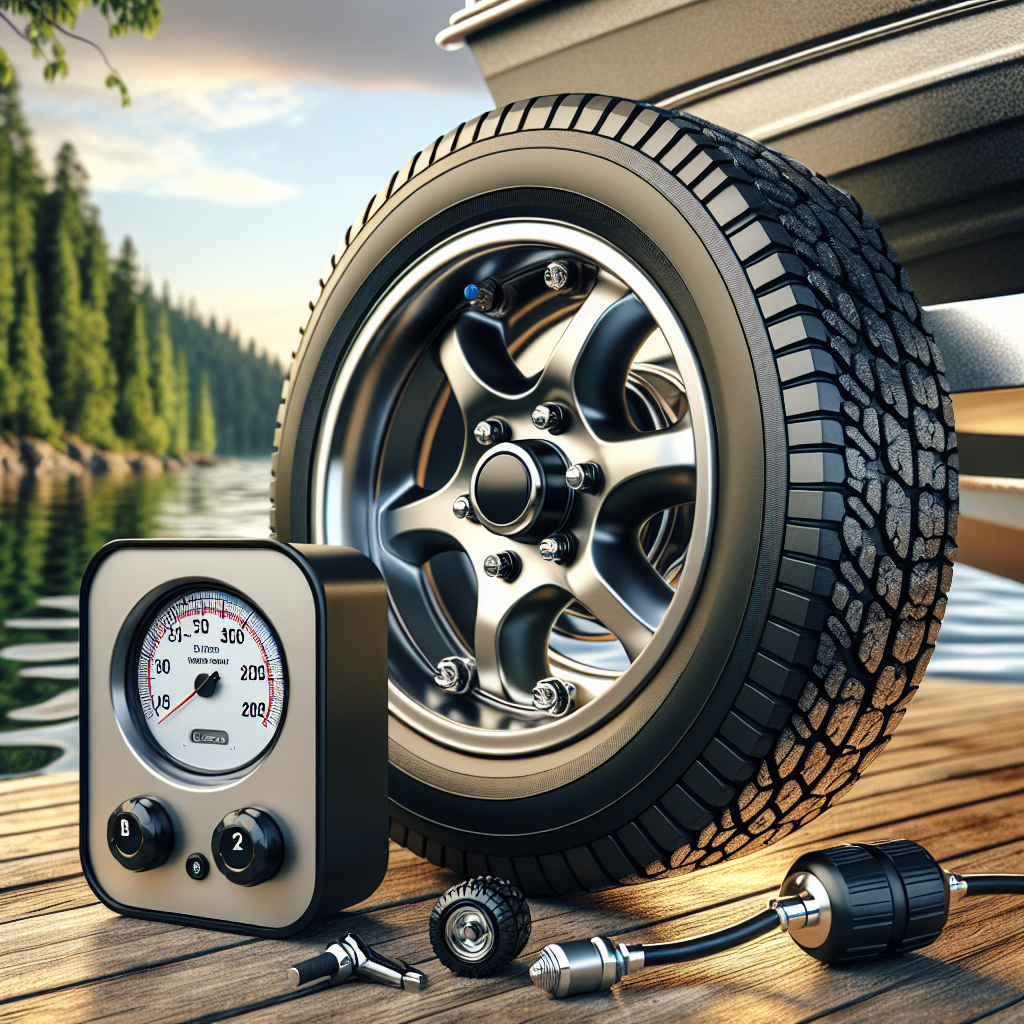
Installing a tire pressure monitoring system (TPMS) on your trailer is a straightforward process that can significantly enhance safety and performance. Here’s a step-by-step guide to help you navigate through the installation.
1. **Gather Necessary Tools**: Before starting, ensure you have all the required tools. This typically includes a wrench, screwdriver, and possibly a tire pressure gauge for initial checks.
2. **Read the Manual**: Each TPMS may have specific installation instructions, so it’s important to read through the manufacturer’s manual thoroughly. This will provide insight into the unique features of your system.
3. **Prepare the Tires**: Before installing the sensors, check the current tire pressure using a gauge. This ensures that you have the correct baseline readings once the TPMS is active. Inflate or deflate the tires as needed to match the recommended pressure.
4. **Install the Sensors**: Most tire pressure monitoring systems come with sensors that attach directly to the tire valve stems. Remove the existing valve caps and carefully screw the sensors onto the valve stems. Be cautious not to over-tighten, as this can damage the sensors.
5. **Connect the Receiver**: The TPMS will have a receiver unit that typically needs to be mounted inside the trailer. Choose a location that is easily accessible for monitoring but also safe from potential damage during travel. Follow the manufacturer's instructions to connect it to the trailer’s power source, if applicable.
6. **Sync the System**: Once everything is installed, you will need to sync the sensors with the receiver. This often involves following a specific sequence outlined in the manual, such as turning the ignition on and off or pressing certain buttons.
7. **Test the System**: After installation, conduct a test to ensure that all sensors are working correctly. Monitor the display for any alerts or discrepancies. It’s a good practice to verify the readings against a manual tire pressure gauge.
By following these simple steps, you can effectively install a tire pressure monitoring system on your trailer, providing peace of mind for your journeys ahead and helping to prevent tire-related failures.
Maintaining Your Tire Pressure Monitoring System
Regular maintenance of your tire pressure monitoring system (TPMS) is essential to ensure its longevity and effectiveness. Proper upkeep can help prevent tire-related failures and enhance your overall towing experience. Here are some key maintenance tips to consider:
1. **Regularly Check Sensor Functionality**: Periodically inspect the sensors for any signs of wear or damage. If you notice any irregularities, such as a malfunctioning display or inconsistent readings, it may be time to replace the sensors.
2. **Battery Care**: Many TPMS sensors are battery-powered. Check the manufacturer’s guidelines regarding battery life and replacement intervals. Keeping the batteries in good condition is vital for accurate monitoring.
3. **Monitor Tire Pressure**: While the TPMS alerts you to low tire pressure, it’s still a good practice to manually check your tire pressures regularly, especially before long trips. This ensures that the system is functioning correctly and that your tires are at optimal levels.
4. **Keep the System Clean**: Dirt and debris can accumulate on the sensors and receiver, potentially affecting their performance. Regularly clean these components with a soft cloth to maintain optimal functionality.
5. **Regular System Updates**: Some TPMS models may have firmware updates that improve performance or add new features. Check with the manufacturer for any software updates that can enhance your system.
6. **Consult the Manual**: Always refer to the user manual for specific maintenance instructions tailored to your TPMS model. Following the manufacturer’s recommendations will help you avoid common pitfalls and extend the life of your system.
By committing to these maintenance practices, you can ensure your tire pressure monitoring system operates efficiently, enhancing safety and performance during your travels. Tow with peace of mind, knowing that trailerwatchdog is standing guard.





